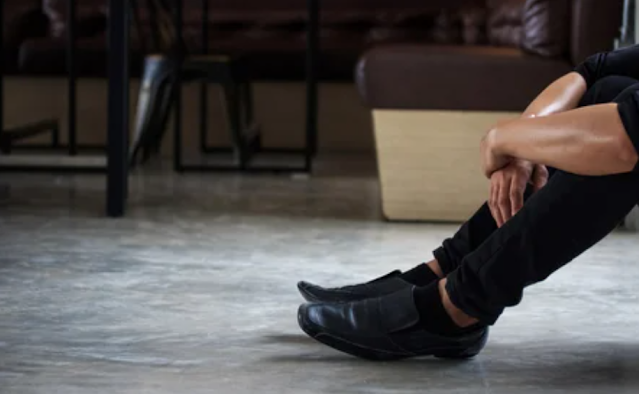Waiting in Vain During Personal Injury Cases
Waiting in Vain During Personal Injury Cases
During personal injury cases refers to the frustration and uncertainty that can arise when there are delays or a lack of progress in resolving a personal injury claim. Here is an elaboration on the topic:
Lengthy legal process:
Personal injury cases can be complex and involve various stages, including investigation, negotiation, and potentially litigation. These processes take time, and it is not uncommon for personal injury cases to extend over several months or even years. Waiting for a resolution can be frustrating, especially when you are dealing with physical pain, emotional distress, and financial hardships.
Insurance company tactics:
Insurance companies representing the at-fault party may use delay tactics to discourage claimants from pursuing their cases or to push for a quick settlement at a lower value. They may engage in tactics such as requesting extensive documentation, conducting lengthy investigations, or making low settlement offers, all of which can prolong the waiting period for the injured party.
Backlog in the legal system:
Courts and legal systems often face heavy caseloads, leading to delays in scheduling hearings, trials, and other legal proceedings. This backlog can significantly contribute to the waiting time for a personal injury case to be resolved.
Medical treatment and recovery:
Personal injury cases often involve seeking compensation for medical expenses and ongoing treatment. It is essential to reach a point of maximum medical improvement (MMI) before determining the full extent of damages and the appropriate compensation. This means waiting until you have recovered or reached a stable condition to accurately assess the long-term effects of the injury.
Gathering evidence and building a strong case:
Personal injury cases require gathering evidence to establish liability and prove the damages suffered. This process may involve obtaining medical records, accident reports, witness statements, expert opinions, and other supporting documentation. It takes time to collect and organize this evidence to build a compelling case.
Negotiations and settlement discussions:
In many personal injury cases, settlement negotiations take place before going to trial. These negotiations can be time-consuming, as both parties may need to exchange information, assess the strength of the case, and negotiate a fair settlement amount. It may require several rounds of discussions and counteroffers, further prolonging the waiting period.
Court scheduling and trial preparation:
If a personal injury case proceeds to trial, it can involve additional waiting time. Court dockets need to accommodate the case, and both sides must prepare for trial, including gathering witnesses, preparing legal arguments, and developing trial strategies. This process can take months, leading to further delays in reaching a resolution.
Case complexity and legal challenges:
Some personal injury cases involve complex legal issues, such as multiple defendants, disputed liability, or intricate legal theories. These complexities can contribute to longer wait times as the parties navigate through the legal challenges and work towards a resolution.
While waiting for a personal injury case to be resolved can be frustrating, it is important to remember that the legal process is designed to ensure a fair and thorough examination of the claim. It is crucial to stay patient, maintain open communication with your attorney, and seek regular updates on the progress of your case. Your attorney can help manage your expectations, address any concerns you may have, and work diligently to expedite the process while striving for the best possible outcome.















No comments